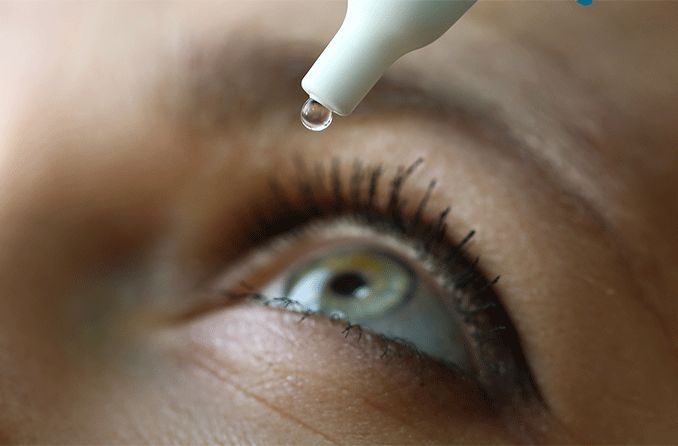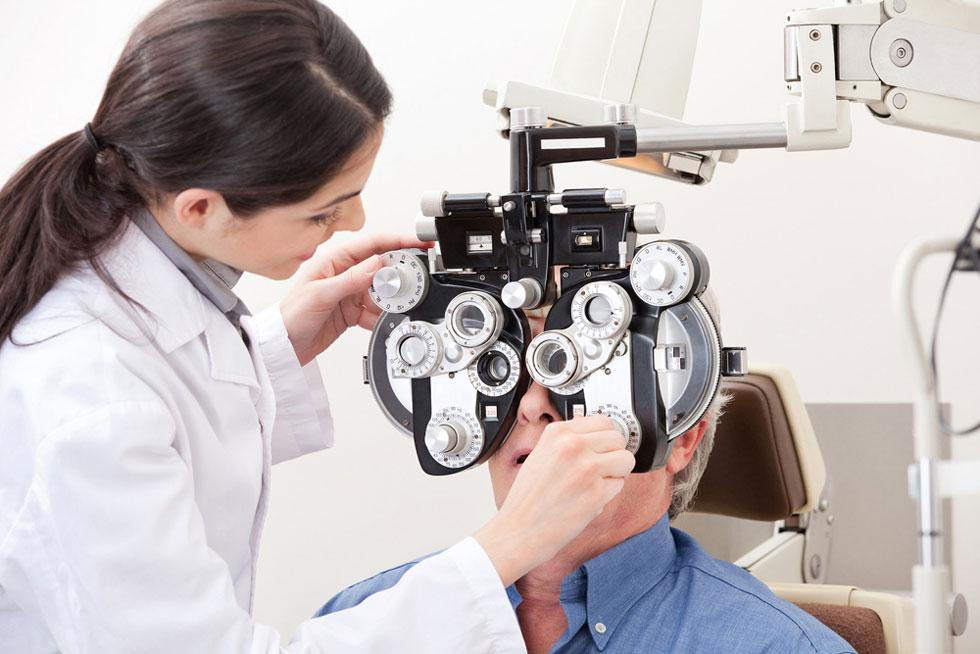Taking care of your eyes is essential for maintaining great vision and overall eye health. One common strategy for eye care is the utilization of japanese eye drops. Eye drops are a popular over-the-counter item that can assist with alleviating various eye conditions and give help from discomfort.
Importance of Eye Care
Our eyes are delicate organs that require proper care to work optimally. Dismissing eye health can lead to various eye issues and vision impairments. Regular eye check-ups and adopting great eye care practices are crucial in maintaining clear and healthy vision.
Understanding Eye Drops
Eye drops are fluid medications intended for application straightforwardly into the eyes. These drops can assist with alleviating symptoms associated with certain eye conditions, give lubrication, and decrease discomfort.
Types of Eye Drops
There are several types of eye drops available in the market, each intended to address explicit eye conditions. It’s important to understand the various types to pick the most suitable one for your necessities.
- Lubricating Eye Drops
- Allergy Eye Drops
- Antihistamine Eye Drops
- Antibiotic Eye Drops
- Steroid Eye Drops
- Glaucoma Eye Drops

Choosing the Right Eye Drops
Choosing the right eye drops relies upon the particular eye condition you are addressing. It’s important to talk with an eye care professional or pharmacist who can suggest the most suitable eye drops for your necessities. They will consider factors like the basic cause of your symptoms, any current medications, and potential allergies.
Proper Usage of Eye Drops
Utilizing japanese eye drops accurately is crucial to guarantee their adequacy. Here is a bit-by-bit guide on the most proficient method to utilize eye drops properly:
Preparation
Wash your hands completely with soap and water to forestall any contamination. Make sure the eye drop bottle is clean and not lapsed. Assuming that you wear contact lenses, eliminate them before applying drops.
Application
Slant your head back somewhat and pull down your lower eyelid to create a small pocket. Gaze upward and delicately crush the container to release one drop into the pocket formed by the lower eyelid. Avoid touching your eye or eyelashes with the tip of the dropper.
Storage and Expiry
Proper storage of drops is essential to maintain their efficacy. Keep them at room temperature, away from direct daylight and dampness. Discard any drops that have passed their expiry date, as they may not be successful or might cause harm.
Common Eye Conditions and Eye Drops
Eye drops are commonly used to treat various eye conditions. Here are the absolute most common eye conditions and the related eye drops utilized for their management:
- Dry Eyes
- Eye Allergies
- Conjunctivitis
- Glaucoma
Precautions and Side Effects
While eye drops are generally safe when utilized as guided, it’s important to know about potential precautions and side effects. A few common precautions incorporate avoiding touching the dropper tip to forestall contamination and following the suggested dosage and recurrence of purpose.




